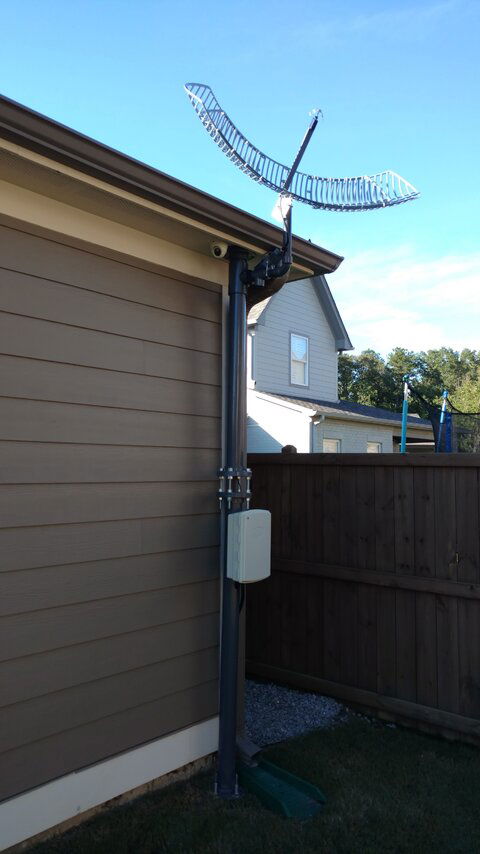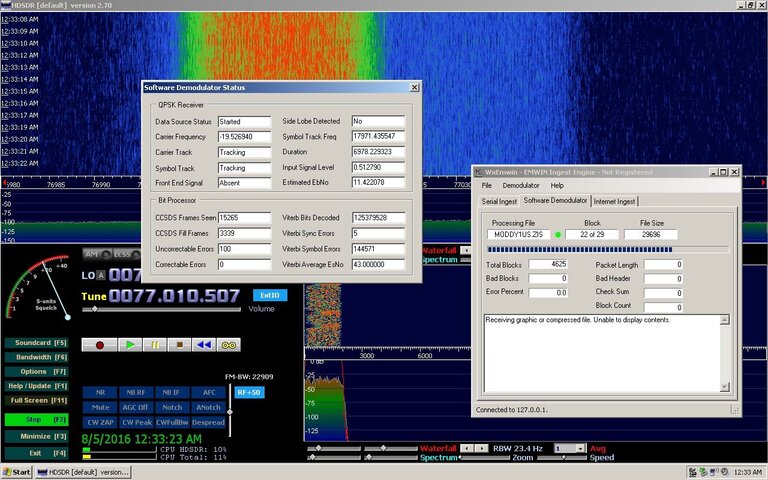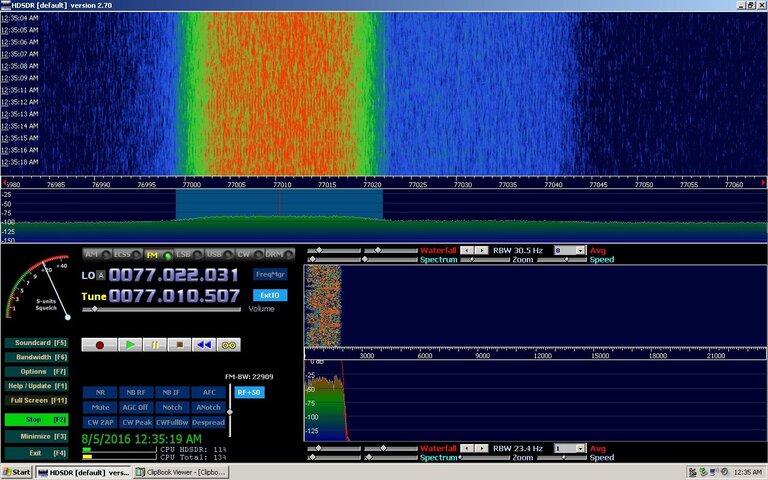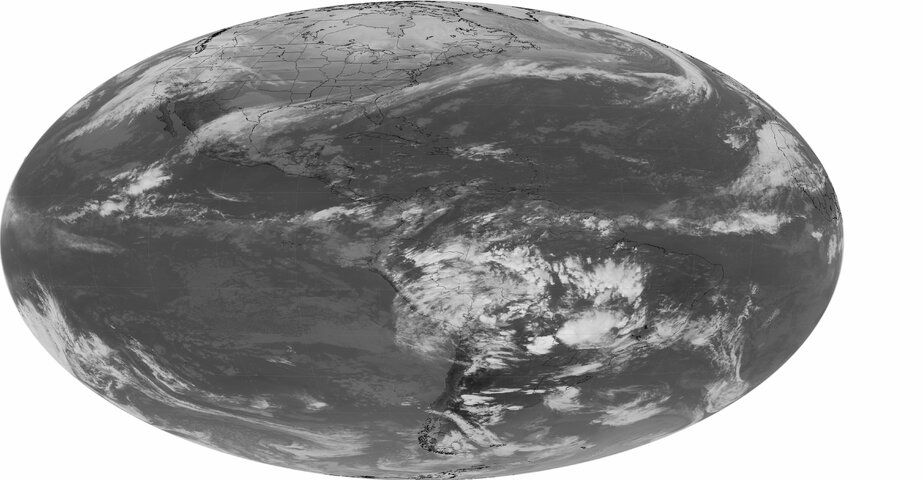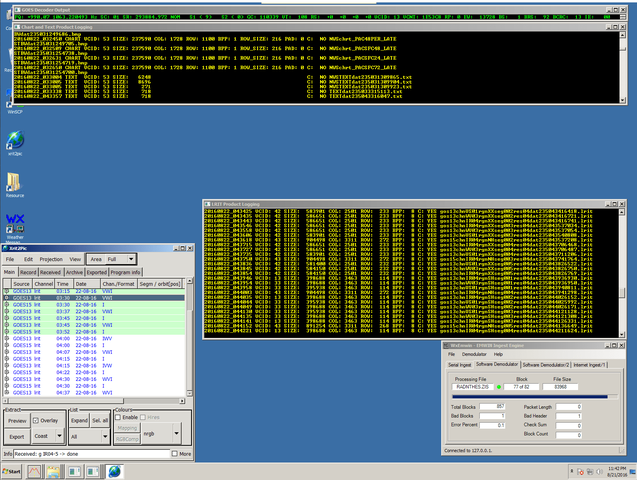I'm actually rather surprised at how sturdy it seems to be. We had some 20mph wind yesterday and it didn't budge a bit. I figured the dish would at least wobble a bit on the horizontal plane but nope, nothing.
Since it's just temporary, nothing is actually attached to the house, nor is there any concrete in the ground, I drove four two-foot lengths of threaded rod into the ground and then bolted a plate onto them. The main post is two sections of 3-inch schedule 80 pipe which has an outside diameter of 3.5-inches. Instead of bolting it to the house. I left a gap between the two sections and used two plates with some threaded rod and bolts to basically compression fit the post between the ground and the eave of the house. It's hard to tell but there's a piece of high-density foam between the top plate and the eave.
Since it's just temporary, nothing is actually attached to the house, nor is there any concrete in the ground, I drove four two-foot lengths of threaded rod into the ground and then bolted a plate onto them. The main post is two sections of 3-inch schedule 80 pipe which has an outside diameter of 3.5-inches. Instead of bolting it to the house. I left a gap between the two sections and used two plates with some threaded rod and bolts to basically compression fit the post between the ground and the eave of the house. It's hard to tell but there's a piece of high-density foam between the top plate and the eave.


